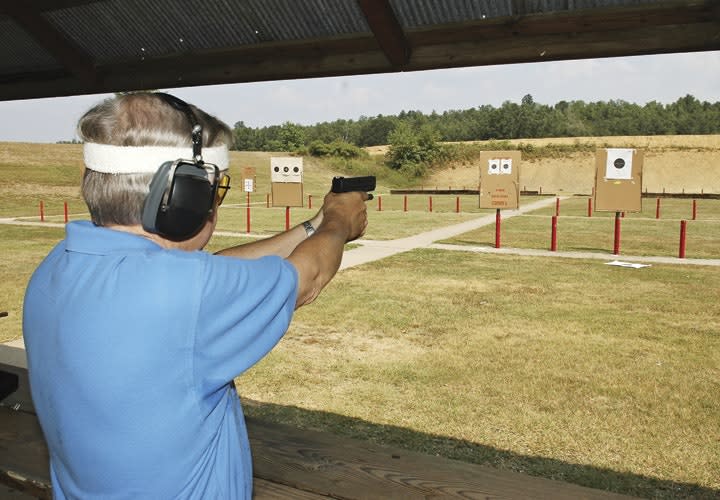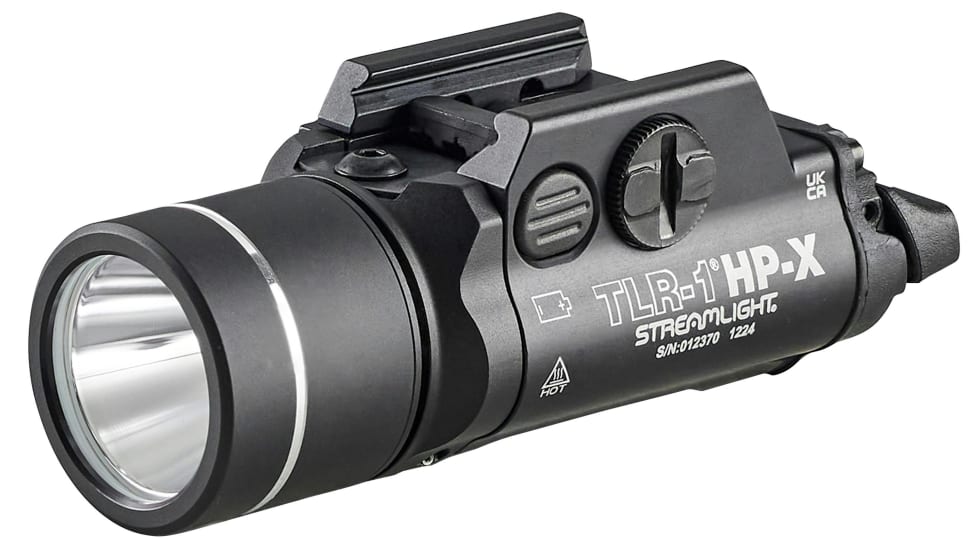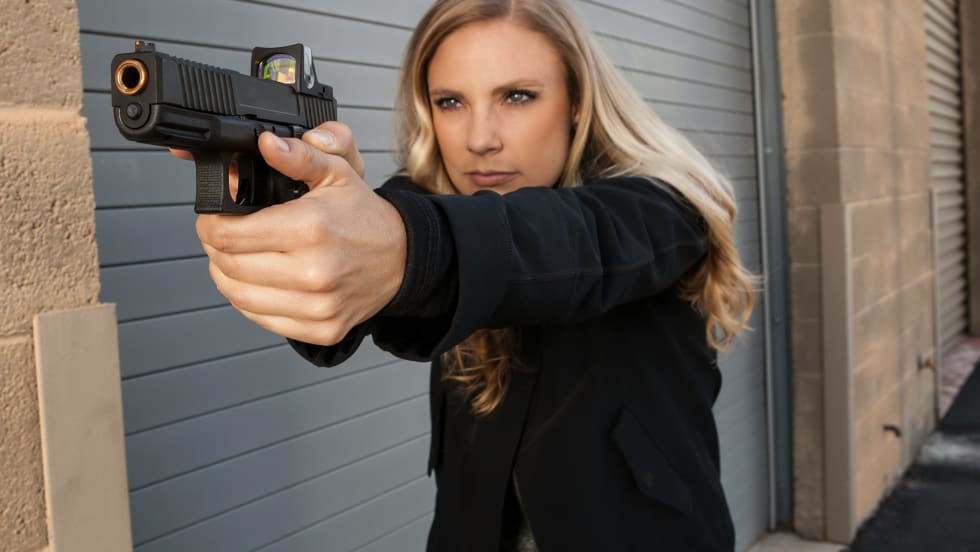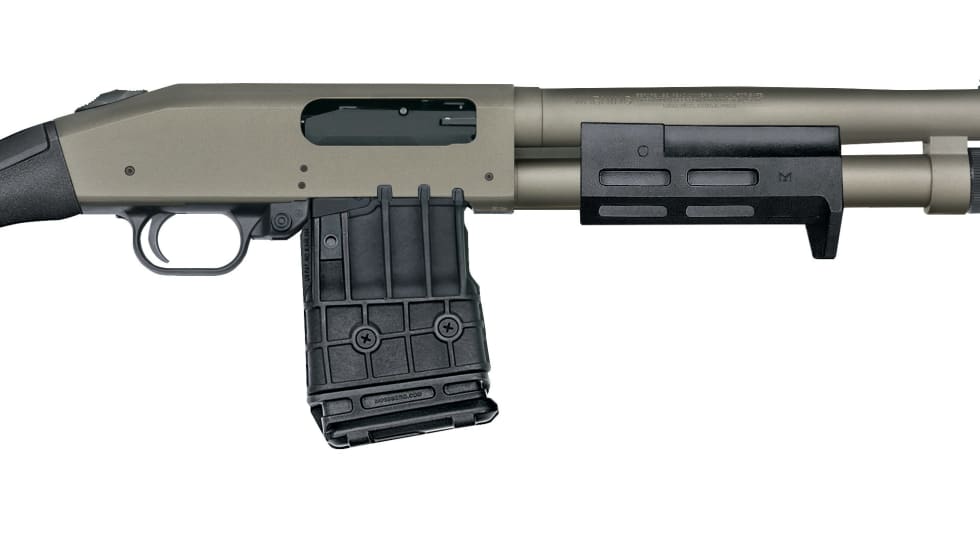This is the easiest of the five factors to correct. Prescription lenses, of course, will improve visual acuity, if you wear them. However, glasses and contacts will not solve issues related to cataracts, night blindness, or inability to focus on specific distances such as being unable to see the front sight, the rear sight, and the target all at the same time.
Shooters experiencing the vision problems of aging may need to learn instinct shooting, shooting by focusing on the target only. Under close-quarter-combat conditions, if you can't see the sights but can still see the target, the point shooting technique should be sufficient.
Another remedy that you may want to consider is to fit your carry weapon with a laser sight. A laser sight eliminates your need to acquire the target through your sights, but shooting with a laser does have the drawback of requiring you to expend an instant looking for that red or green dot.
The Yips:
This is a term golfers and other athletes use to describe involuntary, unexpected twitches. The yips usually happen to aging golfers and veteran ballplayers. They also happen to shooters. And that's bad because squeezing a trigger and holding a pistol on target require steady hands with no involuntary twitches. If you suddenly have an, albeit, miniscule muscle spasm when stroking a trigger, you will miss your target.










